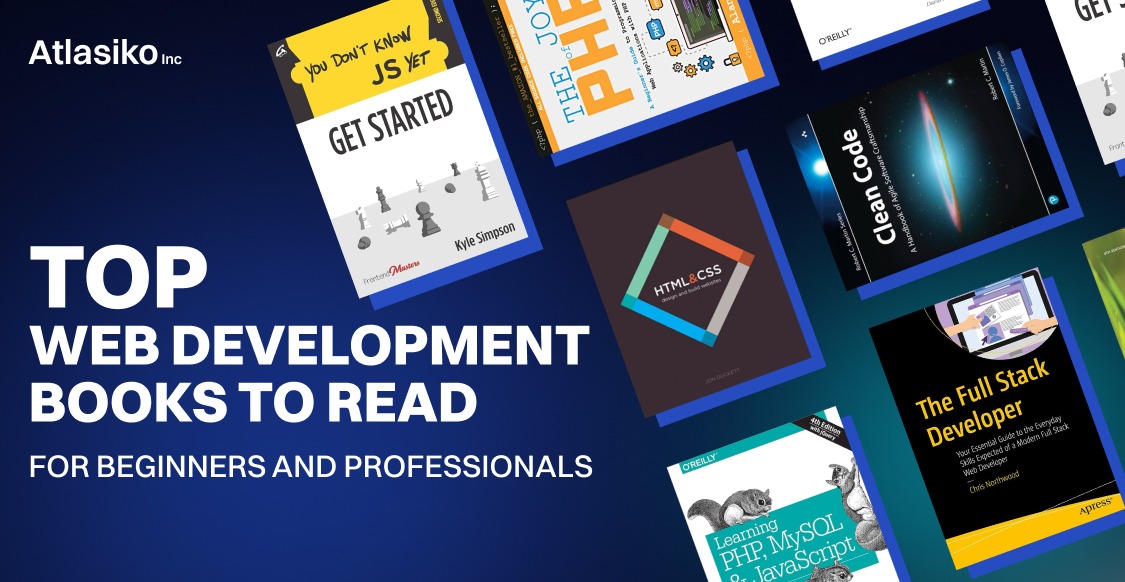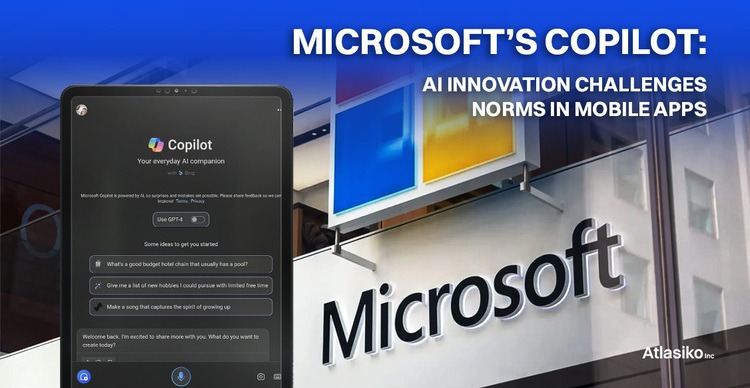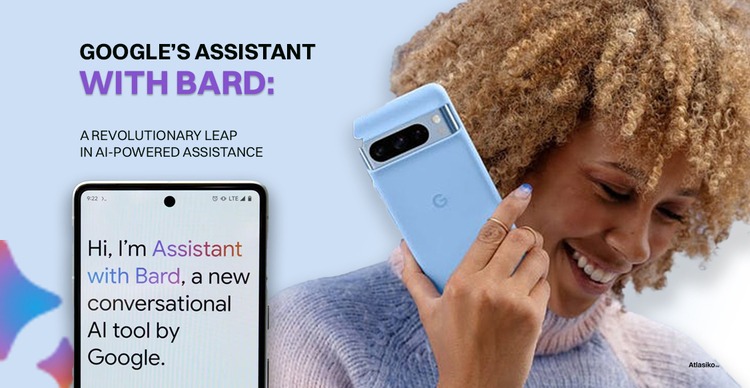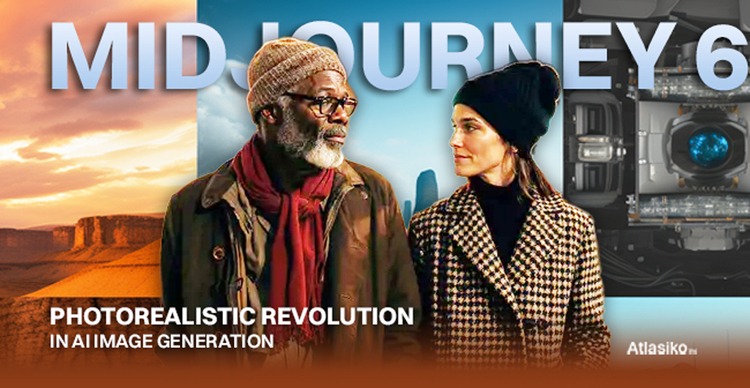In an era where technology seamlessly intertwines with our daily lives, digital assistants have emerged as indispensable companions. The simple utterance of "Hey Google" initiates an ever-present helper, capable of setting alarms, making calls, and delivering weather updates. Over the past seven years, Google Assistant has seamlessly integrated into countless lives, offering support and convenience through natural dialogue.
The exponential growth of artificial intelligence in recent years has redefined the technological landscape. OpenAI's ChatGPT and Google's Bard are leading the charge in this AI revolution, two formidable technologies reshaping the future of human-machine interactions.
A momentous milestone on this journey occurred on October 4th at the "Made by Google" event. Here, a new breed of digital assistants was introduced: the Assistant with Bard. This groundbreaking offering fuses the robustness of Google Assistant with Bard's generative capabilities, aiming to transform digital assistants into intuitive, intelligent, and personalized allies. This system is designed to comprehend, adapt to, and handle personal tasks, mirroring the capabilities of a human assistant.
But the Assistant with Bard is no ordinary digital assistant. It offers interaction through text, voice, and even images, setting a new standard in digital experiences. Most notably, it can act on the user's behalf, taking the digital assistant concept to new heights. The integration of Google's Bard into the Assistant ecosystem, announced during the unveiling of Google Pixel 8 and Pixel 8 Pro, marks a revolutionary leap for voice assistants.
This innovative assistant seamlessly integrates with core Google services such as Gmail and Docs, enhancing productivity by aiding users in task management. One standout feature enables users to request summaries of unread emails in their Gmail inbox. It can access and analyze these emails, providing concise and relevant summaries. Moreover, it can interpret visual content, like photographs, generate captions for social media images, or assist with various digital queries. An example of this capability is the conversational overlay feature on Android devices, where users can take a photo and instruct Assistant with Bard to draft a social media post based on the image.

In many business scenarios, there's a need to extract specific information from extensive document repositories, including PDFs, blog posts, and platforms like Notion. In the past, this required manual searching and reading, but recent advances in LLMs have provided a more efficient solution. Users can now ask questions related to document content and receive precise answers, as demonstrated by Langchain's documentation. This extends to structured data, such as SQL databases, and even delving into code, like Python, to extract insights.
The Snowflake company, among others, has entered this realm with Document AI, offering a pre-trained LLM capable of parsing handwritten content in PDFs. Users can query documents in natural language without needing AI or ML expertise. Document AI integrates seamlessly into various workflows, simplifying processes such as equipment failure checks by continually examining new files.
One of the most significant developments is the shift from lexical search to a neural approach. Traditional searches often miss semantic connections between terms, but neural search, driven by advances in Natural Language Processing (NLP) and models like GPT-3, excels at capturing these semantic intricacies. Sentence embeddings, concise vector-like text representations, improve search efficiency by computing similarity metrics.

Vector databases and embeddings represent a monumental shift in AI for data management and semantic search. These lower-dimensional representations of high-dimensional data, supported by LLMs, enable efficient storage and retrieval of vector representations.
Recent advances in AI and NLP have unlocked numerous possibilities in chat assistants. Efficient and precise search capabilities are paramount in these systems. The combination of OpenAI's ChatGPT and Elasticsearch is a prime example. ChatGPT, built on the GPT architecture, excels in generating human-like responses. When integrated with Elasticsearch, a robust search engine, it ensures users quickly access the information they need. This collaboration streamlines user queries, and precise document retrieval, and leverages ChatGPT's NLP finesse for a seamless experience.
This partnership underscores that an AI chat assistant's efficiency hinges not only on language generation but also on search precision. Navigating extensive information repositories enhances AI responses' accuracy and relevance.
Google's expertise in search and user intent positions it as a critical player in the evolution of AI chat assistants. Beyond refining search algorithms, Google has ventured into AI chat systems with platforms like Dialogflow. Dialogflow's CX version utilizes generative AI agents for contextually rich responses, emphasizing Google's commitment to making chat assistants more conversational and intuitive. The importance of search in AI chat ecosystems and Google's prowess with Dialogflow indicate the potential for Google to craft the most advanced chat assistant shortly.
Google's BERT family of language models and Bard AI provide further insight into this potential. BERT's contextual understanding, focusing on both left and right sentence context, allows for precise user intent deciphering. When integrated into an AI chat system, this understanding promises not just accuracy but deep alignment with user intent.
As AI-driven chat evolves, the convergence of advanced NLP models and precise search becomes increasingly vital. OpenAI's ChatGPT and Elasticsearch partnership showcases this synergy effectively. However, the world anticipates the full potential of a chat assistant powered by Google's search excellence, a potential game-changer in AI-powered interactions.







